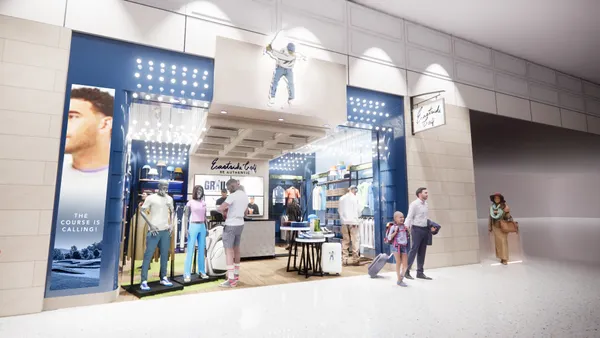Dive Brief:
-
Salesforce has added new artificial intelligence and analytics capabilities to its Field Service Lightning solution for managing employees, devices and other assets in the field, according to a company email to Retail Dive. The features have implications for retailers as they seek to more efficiently manage various resources both in-store and in the field with customers.
-
The new capabilities include an artificial intelligence solution to bring image recognition into field service applications. Field employees can, among other things, use the feature to take a picture that can help them identify product parts and conduct inventory searches for related parts.
-
Other new capabilities include analytics that generate insights for managers to improve productivity throughout their mobile workforce. Tools also can automate and track locations of field employees and assets such as vehicles and tools needed for customer site visits.
Dive Insight:
The new capabilities from Salesforce are not retail-specific, but they do zero in on a couple of major trends and requirements among retailers as they are looking to create new revenue channels, as well as reduce operational expense and increase productivity among store staffs.
One of these trends is the move by more retailers and brands into providing services in the field, whether installing a newly-purchased appliance or setting up a smart home network, among others. Much was made this week of speculation that Amazon is starting a major move into field services, but many large retailers already offer similar services teams.
As Mark Bloom, a senior director for Service Cloud at Salesforce, told Retail Dive: “There are more retailers now that offer installation of products they sell and other services at the customer site, as they see it as a point to continue engaging with customers. Those are teams that need to be scheduled and managed, and they have to have the right equipment and parts to do the job."
Retail field employees are likely to regularly run into situations where they need these types of tools. For example, a field associate installing a new dishwasher for a customer might need to make sure that a customer's in-home fixtures will fit the new system. The worker could take a picture of a given part or fixture and use the image recognition tool to identify it and to check inventory availability of related parts.
There is also an ongoing need for retailers to effectively manage in-store staffs to make sure they are in the right place at the right time to help customers. "The cost of downtime is becoming a big deal for retailers," Bloom said. "They want the right resource in the right location to serve customers, and not have to search the aisles to find the right person. What they want to learn how to do is how to optimize downtime so their people can be productive and contribute to sales."
Salesforce said the new tools already are being used by a large outdoor products retailer and a retailer of home organization products, though the company did not name either customer.













